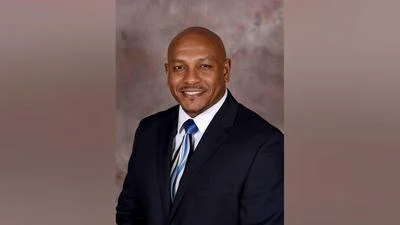Illinois state Rep. Brad Halbrook (R-Shelbyville) admits that he can easily see how taxpayers might be less than thrilled by the small fortune Gov. J. B. Pritzker has dedicated to the state's arts from the recently enacted $45 billion capital spending plan.
“I think that it’s very difficult for people to understand when their taxes just got raised on the gas pump and their license fees and the potential for their income taxes in two years,” Halbrook told Chambana Sun. “To put that kind of money into the arts, some might call that a gift to the wealthy.”
In all, at least $60 million has been allocated for such spending, with much of it earmarked for theaters, museums and opera houses across the state. The capital spending plan marks the first for the cash-strapped state in more than a decade and critics like Halbrook argue that at least some of the funds would be better spent on more pressing needs like pension liability.

Illinois state Rep. Brad Halbrook (R-Shelbyville)
| rephalbrook.com
“The pensions is a real issue, however an immediate need is the backlog of bills around $6 billion,” Halbrook said.“That’s an immediate need. What I understood is there is $200 million they’re going to put toward the bills and they’re re going to borrow, I think, $1.2 billion to pay it down. They’re going to borrow more money to pay what they already owe on top of the $6 billion they borrowed a couple years ago. That’s not very good business strategy.”
According to the Chicago Tribune, at least $10 million of the arts funding will go toward line-item grants where the recipients of the monies has already been designated. The remaining $50 million is slated to be dispersed as part of a capital projects program where the recipients have yet to be determined and the decision-making will be overseen by the Illinois Arts Council, where Shirley Madigan, the wife of House Speaker Mike Madigan (D-Chicago), chairs the board of directors.
“They’re going to argue that they’re saving money,” Halbrook said.“Granted, it’s going to be at a lesser interest rate, but you’ve created a whole bunch of new programs and new spending.”






 Alerts Sign-up
Alerts Sign-up